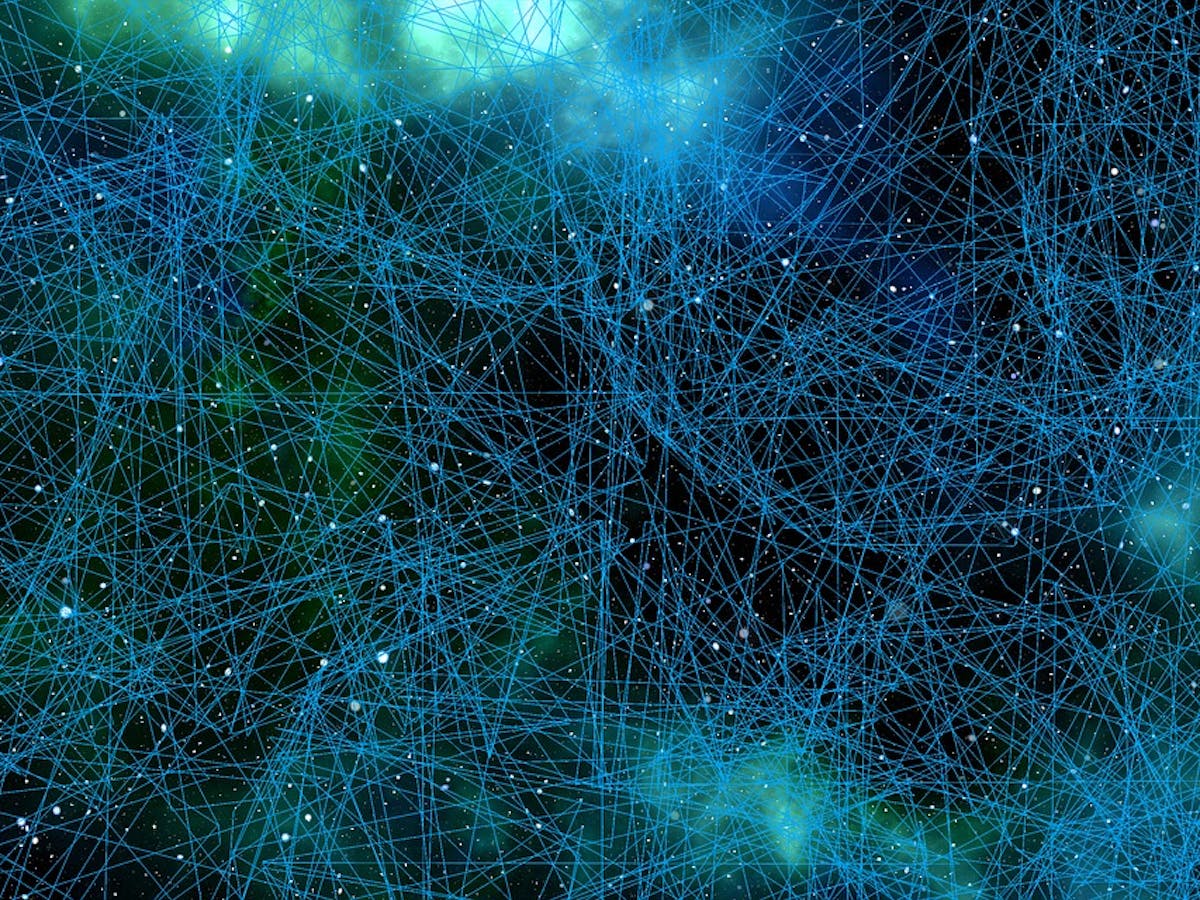Spoiler: It's not very often (and that's a good thing).

To
understand these “rhythms of attention,” Fiebelkorn suggests imagining
standing in Times Square on New Years’ Eve, surrounded by people, cars,
and music. The scene presents far more sensory information than one
human brain is capable of sorting through, and so, the brain deals with
all of the information in two ways. First, it focuses on a single point
of interest: the street corner where you might meet a friend, or Ryan
Seacrest combing the crowd for interviews. Like a filmstrip, the brain
takes snapshots of these moments and pieces them together into a
cohesive narrative, or “perceptual cycle.”
We experience
that moment as continuous, but in reality, we’ve only sampled certain
elements of the environment around us. It feels continuous because our
brains have filled in the gaps for us, explains Berkeley’s Knight Lab researcher and first author Randolph Helfrich, Ph.D. to Inverse.
“I think it’s more a philosophical problem that it is a scientific problem,” he says. “Because when we look at brain data we see a pattern that waxes and wanes, they’re never constant and stable. Everyone perceives the world as continuous and coherent, but the real tricky part is, how does the brain do that?”
The teams behind both studies analyzed data from both human and macaque brains during a series of tasks to understand how the brain stitches together a coherent narrative when it’s only got snapshots to work with. The reason why we experience reality as a movie when it’s only a collection of pictures can be at least partially explained by our rhythms of attention. About four times every second, the brain stops taking snapshots of individual points of focus — like your friend on the corner in Times Square — and collects background information about the environment. Without you knowing it, the brain absorbs the sound of the crowd, the feeling of the freezing December air — which it later uses to stitch together a narrative of the complete Times Square Experience.
“I think it’s more a philosophical problem that it is a scientific problem.”

But
modern society, Randolph adds, has thrown a wrench into our ancient
rhythms, because modern life demands that we perform all sorts of
hyper-focused tasks. We perform cutting-edge scientific research, we
write articles, we drive cars at high speeds on the freeway. All of
these things requite intense focus, and in these cases, our distractible
brains become a liability.
“Think about trying to do three things at a time. You’re trying to drive, you have coffee, you’re on the phone, and all of the sudden this means that you’re the constant switching between those things. If you drop your attention, that is enough to cause an accident,” says Randolph. “Everyone is running on an attentional system that was established way before we were even the human race, so we have this really old school system that’s not as adaptive as we’d like it to be.”
“Think about trying to do three things at a time. You’re trying to drive, you have coffee, you’re on the phone, and all of the sudden this means that you’re the constant switching between those things. If you drop your attention, that is enough to cause an accident,” says Randolph. “Everyone is running on an attentional system that was established way before we were even the human race, so we have this really old school system that’s not as adaptive as we’d like it to be.”




